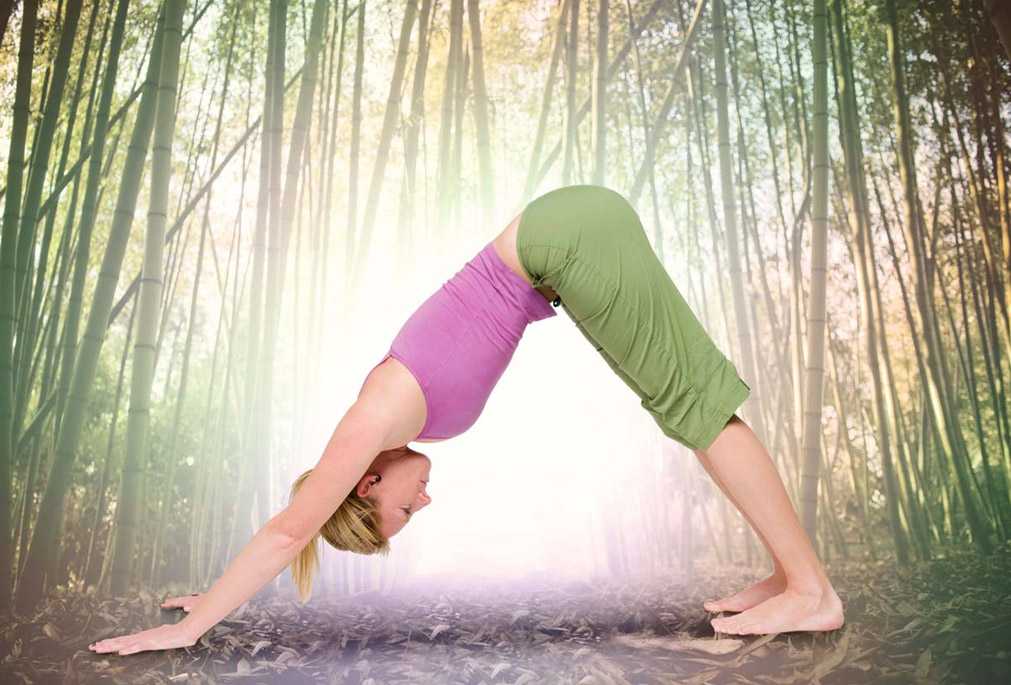
What is Yoga Nidra? Yoga Nidra is a deep relaxation practice. In order to relax, you should lay down on your back. To support your lower back, use bolsters. Yoga Nidra's purpose is to promote relaxation. This is a great way to meditate or as a therapeutic tool. For more information, read this article. Weigh the benefits of Yoga Nidra.
Meditation
The practice of Yoga nidra is similar to that of meditation. The body can rest in a meditative, between wakefulness and dreaming state. If the practitioner is sufficiently relaxed, this practice can induce sleep. The third eye is located behind the eyebrows and stimulated when the body is relaxed. This activates the pineal gland. The body releases melatonin during meditation. This hormone is known to improve sleep quality, increase immunity, slow down aging, and promote relaxation.
Yoga Nidra helps students relax and centers them. It helps the practitioner connect with consciousness. The practice allows the student tap into their inner resource to find peace in each moment. The practitioner guides students through a script. It involves the establishment of a Sankalpa. Yoga Nidra allows the student to call upon their deepest desires and then to relax deeply in this state.

In this meditation the practitioner sets a Sankalpa. Next, the practitioner will be asked to scan the body and notice sensations. The meditation then provides instructions on how to breathe so as to help the person drop deeper into the resting state. Guided visualisations of light are also part of the meditation. Four states of brainwave activity are shown to the practitioner before the practitioner settles into deep meditation.
Restorative practices
Yoga Nidra is a class that offers guided meditations that are deeply relaxing. You will hold various poses for five to ten minutes while maintaining awareness and a trace of sensation in the body. Restorative poses in yoga help to achieve balance and stress relief. Most restorative yoga poses can be done seated or supported. These poses can easily be held for several hours and allow you to relax deeply by using props.
The first phase of Yoga Nidra involves a sequence of energetically-aligned postures. The purpose of this meditation is for you to achieve a calm and relaxed state of consciousness. This stage allows the mind to open up and allow the body time to breathe deeply. The body enters the state of deep relaxation called delta waves during the second stage. The second stage of meditation is deep relaxation and is similar in nature to deep sleep. The last phase of meditation is where the mind is awake but still quiet. It allows for the practitioner to access past memories or subconscious thoughts.
Third stage: This involves lying down in a supported position while you meditate. The practice places the practitioner in an alpha-brainwave, which is a state of deep relaxation that combines conscious thought and subconscious thoughts. This practice is an excellent way to deepen sleep and restore balance in the nervous system. It can also help with anxiety, depression, and other ailments. Yoga Nidra does not have any known side effects. However, it can be very beneficial for those suffering from stress, insomnia, or other mental disorders.
Therapeutic tool

Yoga Nidra can be used as an adjunctive therapy to treat both acute and chronic conditions. It can be used to help recover from exhaustion or trauma, manage pre and post-surgical conditions, and even reduce chronic inflammation. The healing energy is injected into the affected areas using positive imagery and visualization. Here are some of its benefits. Learn more.
iRest is a specialized technique that can be used to help individuals cope with difficult emotions and reconnect to essential well-being. Many people report feeling more relaxed even after just one iRest sessions. This therapeutic intervention costs very little and can even be done at your home with a recorded recording. In May, the MUIH will offer Yoga Nidra Level 1 Training. It can be used with other therapeutic methods to relieve anxiety, depression, stress and related symptoms.
A systematic practice of Yoga Nidra prepares the body and mind for heightened awareness and deep rejuvenation. This practice can be used by all levels of practitioners. It may help reduce symptoms of PTSD and improve coping skills. The two-track Yoga Nidra CD contains the complete practice. It can be used for stress relief, anxiety, and many other ailments. It has many benefits for your mental and physical health.
FAQ
What are the five best ways to improve mental and emotional well-being?
-
Exercise - It improves brain function and raises energy levels.
-
Sleep – Getting enough sleep can help reduce anxiety and stress.
-
Nutrition – Healthy foods like fruits and vegetables can help you stay strong and energized.
-
Meditation – Regular meditation can reduce stress and anxiety.
-
Socialization - Spending time in the company of friends and family keeps us happy.
What are the five ways to improve wellbeing in your life?
A person's well-being can be defined as their "state of mental, physical, spiritual, or social well-being". There are many factors that affect our well being, including work, family, health, relationships and finances. Your first step towards improving your health and well-being is to identify what areas of your daily life are lacking. Next, change these things to improve your well-being.
Here are five ways to improve your well-being:
-
Exercise - Exercising makes you happier.
-
Sleep – Sleeping longer than 6 hours each night will reduce anxiety and stress.
-
Nutrition - Healthy eating (such as fruits, vegetables and meats) can improve your mood.
-
Meditation – Regular meditation reduces anxiety and stress.
-
Socialization – Spending time with family and friends makes us feel happy.
What do psychologists have to say about mental illness?
Psychologists believe that mental wellness is an essential component of human development. Psychologists also believe that mental wellness is not just about having mental illness free of all causes, but about being mentally healthy.
Mental health is a topic that psychologists have differing opinions on. Some psychologists think that mental health is not necessary because there are so many people who have no mental illnesses. Other psychologists believe mental health is crucial because we cannot function properly without it.
Why is mental well-being important?
Everyone's mental health is important. Mental health is essential for everyone. Maintaining a healthy mind is crucial.
When our minds aren't in the best place, our bodies start to show signs and symptoms of stress. This could lead to physical problems such as headaches, stomach aches, backaches, and more. Our bodies and minds must be well looked after.
Statistics
- It does have some influence, but not nearly as much as we might think, so focusing less on attaining wealth will likely make you happier (Aknin, Norton, & Dunn, 2009); (positivepsychology.com)
- More than 40 million adults in the United States have an anxiety disorder, but less than 37% of people seek mental health treatment for their symptoms. (talkspace.com)
- Appropriate nutrition and exercise are likely among the most efficacious and cost-effective positive mental health interventions. (ncbi.nlm.nih.gov)
- Neuropsychiatric diseases are the leading cause of death and disability in the U.S., accounting for 18.7 percent of all years of potential lifespan loss and premature mortality.
- It means no drinking any alcoholic beverages and no taking any drugs that aren't 100% natural.
External Links
How To
How to Handle Stress
Stress is part of everyday life. But, when we feel stressed we want to find ways that we can relax and relieve our tension. Stress affects every aspect of your life. It can cause headaches and other physical problems, such as neck pain, backache, stomach pain, nausea, vomiting, diarrhea, constipation (insomnia, depression), anxiety, mood swings, muscle spasms, and stomach pain. You may even develop ulcers if you're under chronic stress.
There are many ways to reduce stress. Exercise increases endorphin release, which can make you happy and relaxed. Meditation can reduce stress levels by slowing down and taking deep breaths. Yoga is another great way of reducing stress and improving overall health.
Stress management is best done by learning how to control it and then eliminating it entirely. If you don't know what to do, ask someone who knows.